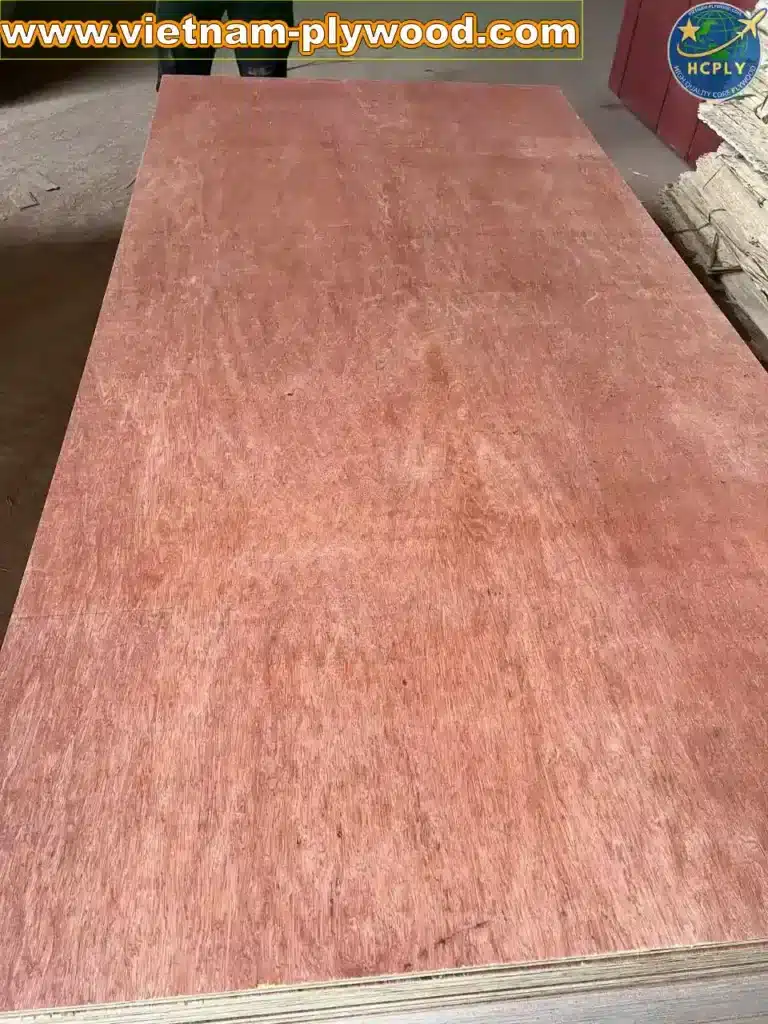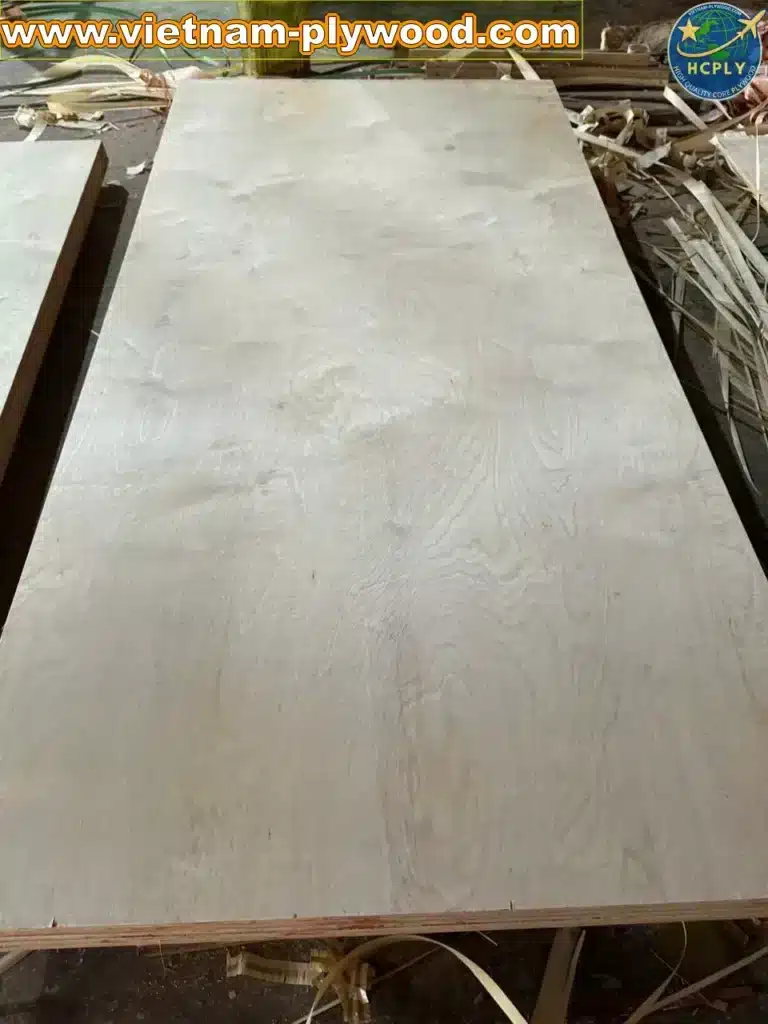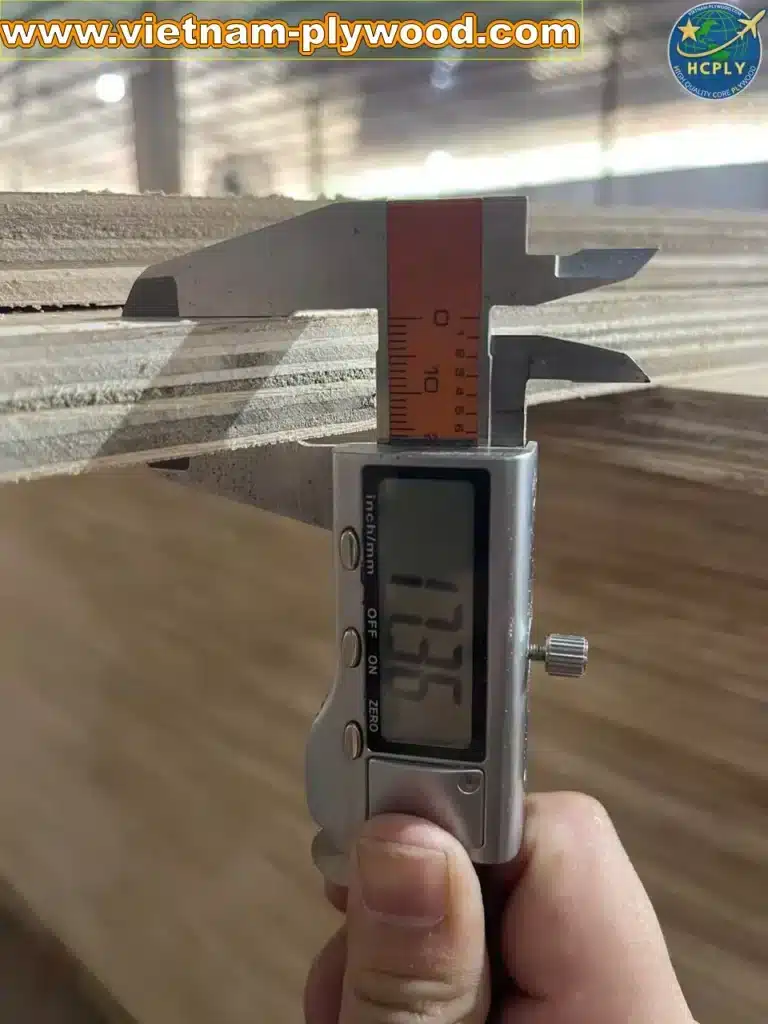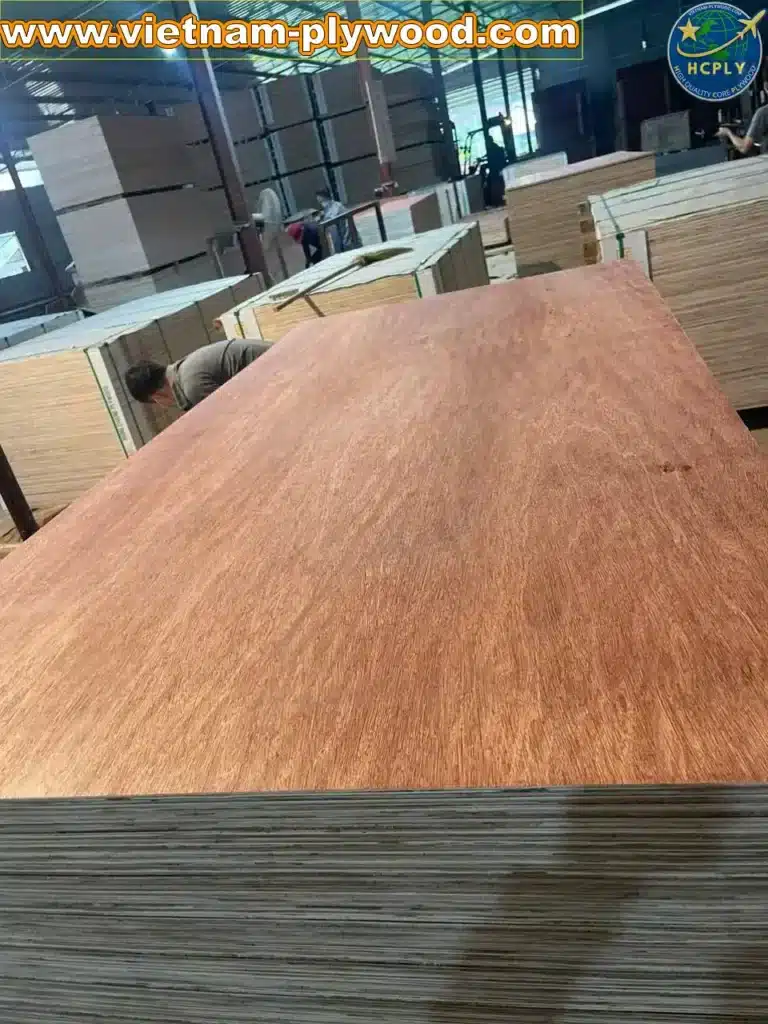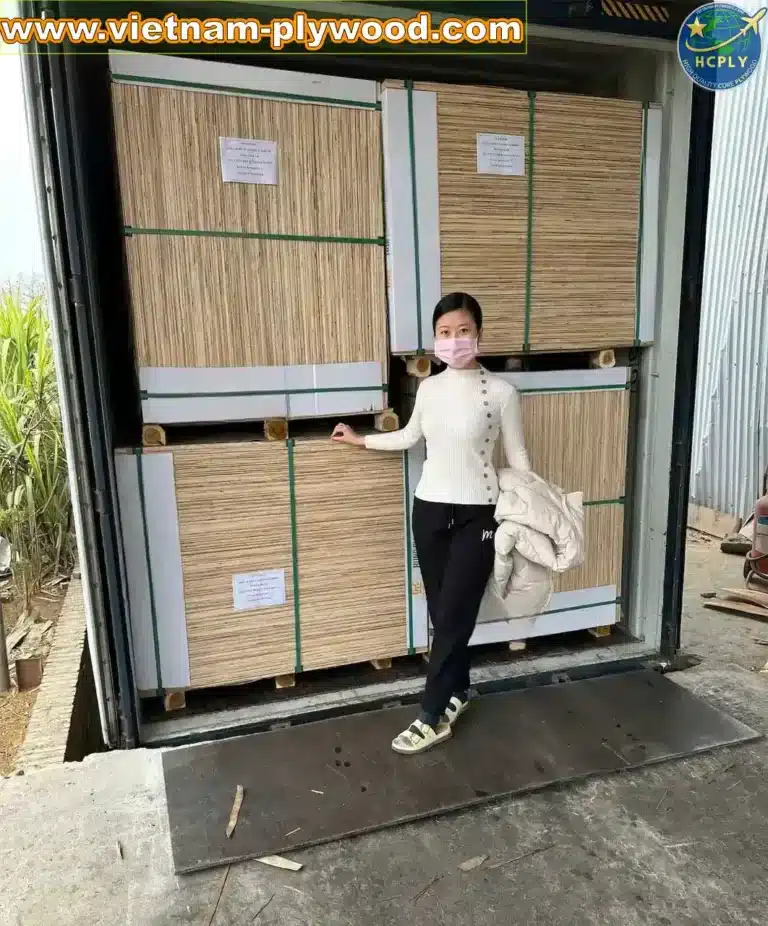Vietnam Plywood vs China Plywood – Which Is Better for Export?

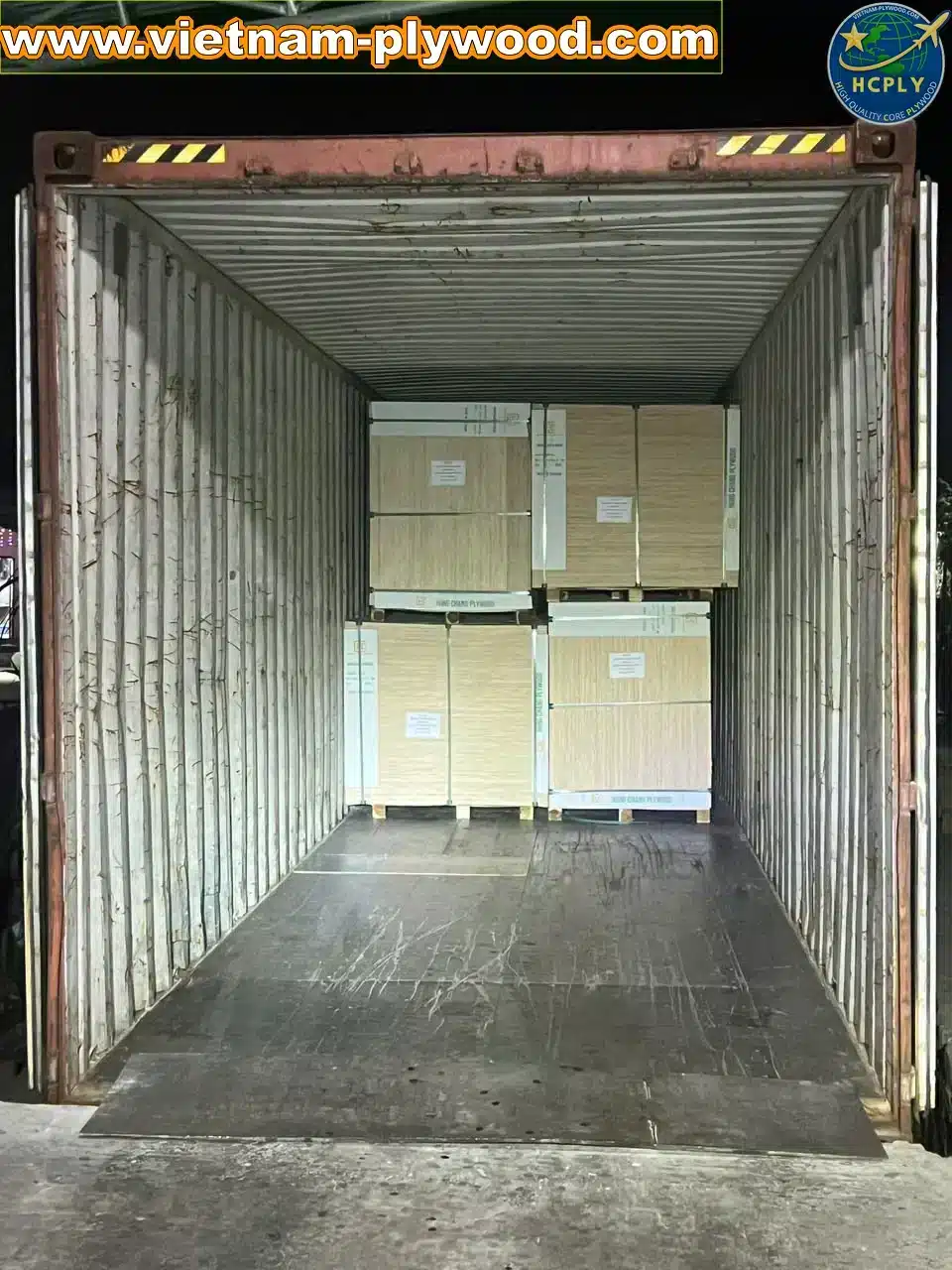
1️⃣ 👋 Hello from Lucy at HCPLY!
Hi friends, Lucy here from HCPLY. In my years of working with importers across Asia, the Middle East, Europe, and the Americas, one question keeps coming up: “Lucy, which is better — Vietnam plywood vs China plywood?”
The truth is, there’s no one-size-fits-all answer. Your choice depends on pricing, quality requirements, delivery timelines, and even market regulations in your country. Today, I’m going to walk you through each factor in detail so you can make the smartest purchasing decision.
2️⃣ 💰 Price Comparison in Vietnam plywood vs China plywood
Price is usually the first factor buyers consider, but it’s important to understand the full picture.
- Vietnam plywood: Offers competitive FOB prices because of lower labor costs, locally sourced raw materials like eucalyptus and acacia, and stable production costs.
- China plywood: Can be cheaper for massive, standardized orders due to economies of scale. However, some countries impose higher anti-dumping duties on Chinese plywood, making landed costs higher than expected.
📌 Pro Tip: In long-term supply contracts, analysis of Vietnam plywood vs China plywood shows that Vietnam often delivers more stable pricing thanks to lower volatility in material and energy costs.
3️⃣ 🪵 Quality and Durability: Vietnam plywood vs China plywood
H3 – Core Veneer Quality
- Vietnam: Uses stable core species such as eucalyptus, acacia, and styrax, with fewer core gaps and better thickness uniformity.
- China: Core quality ranges widely. High-end Chinese plywood can match or even exceed Vietnamese quality, but low-grade cores may have overlapping gaps and inconsistent density.
H3 – Glue Bonding
- Vietnam: Strong and consistent WBP, Melamine, or Phenolic glue bonding — crucial for humid or tropical climates.
- China: Glue quality varies from MR to high-grade phenolic. Without strict QC checks, bonding performance may be unpredictable.
✅ Why this matters: In Vietnam plywood vs China plywood tests, Vietnam plywood often shows better bonding integrity in long-term water boil tests, which matters for outdoor, marine, and construction use.
4️⃣ 🚢 Supply Chain Reliability in Vietnam plywood vs China plywood
Reliable delivery is just as important as product quality.
- Vietnam:
- Shorter lead times for Asia-Pacific buyers.
- Strong export documentation and customs compliance.
- Lower risk of shipment delays due to port congestion.
- China:
- Massive production capacity with the ability to handle extremely large orders.
- However, during peak export seasons, major ports like Shanghai or Ningbo may experience congestion, causing 1–3 week delays.
📌 Buyer tip: If you have a tight construction schedule, the difference in lead times between Vietnam plywood vs China plywood could be critical.
5️⃣ 🌿 Environmental Compliance
Sustainability is becoming a major buying factor worldwide.
- Vietnam: Many mills are FSC-certified and meet E0/E1 formaldehyde emission standards, making them compliant with strict EU, US, and Australian regulations.
- China: Large, reputable mills also meet these standards, but smaller factories may not. Verification is key.
🔍 Insight: In regulated markets, buyers often choose Vietnam in the Vietnam plywood vs China plywood debate because documentation and certification processes are smoother.
6️⃣ 🔍 Where Each Excels
The choice depends on your market and application:
- Vietnam plywood: Great for furniture manufacturing, marine-grade applications, and markets requiring strict environmental compliance.
- China plywood: Suitable for high-volume, low-cost projects such as packaging or temporary construction where cost efficiency is top priority.
📌 Reality check: Your choice in Vietnam plywood vs China plywood should balance cost, performance, and compliance requirements.
7️⃣ 📦 Logistics & Shipping Cost Impact
The shipping factor can change your decision completely:
- Vietnam has closer shipping routes to Southeast Asia, Australia, and the Middle East, which can cut transit times by up to a week compared to China.
- For Europe and the US, both countries ship via similar ocean routes, but freight rates may differ depending on port access and contracts with carriers.
💡 Key takeaway: Always calculate total landed cost when comparing Vietnam plywood vs China plywood, not just the FOB price.
8️⃣ 📌 FAQ
Q1: Which lasts longer in humid climates?
Vietnam plywood generally performs better due to stable core species and WBP bonding.
Q2: Which offers more customization?
China plywood offers more veneer face types, decorative finishes, and laminated options.
Q3: Which is better for small orders?
Vietnam offers more flexible MOQs — a plus in Vietnam plywood vs China plywood comparisons.
Q4: Which has faster delivery?
Vietnam often delivers faster to regional buyers, while China may take longer during high shipping seasons.
9️⃣ 🏆 My Final Advice on Vietnam plywood vs China plywood
If you need consistent quality, reliable delivery, and compliance with strict import regulations, Vietnam is usually the safer long-term choice.
China remains a good option if:
- You have a trusted, high-quality supplier.
- Your project is focused on high-volume production at the lowest cost possible.
🔟 💬 Final Words
At HCPLY, we focus exclusively on premium Vietnam plywood for export, meeting the highest international standards. Whether you’re switching from China or evaluating Vietnam plywood vs China plywood for the first time, we can help you optimize cost, quality, and delivery for your market.
📧 [email protected] | 📱 WhatsApp: +84-975807426

